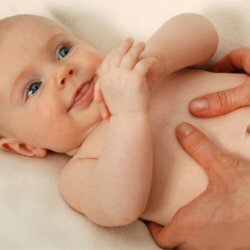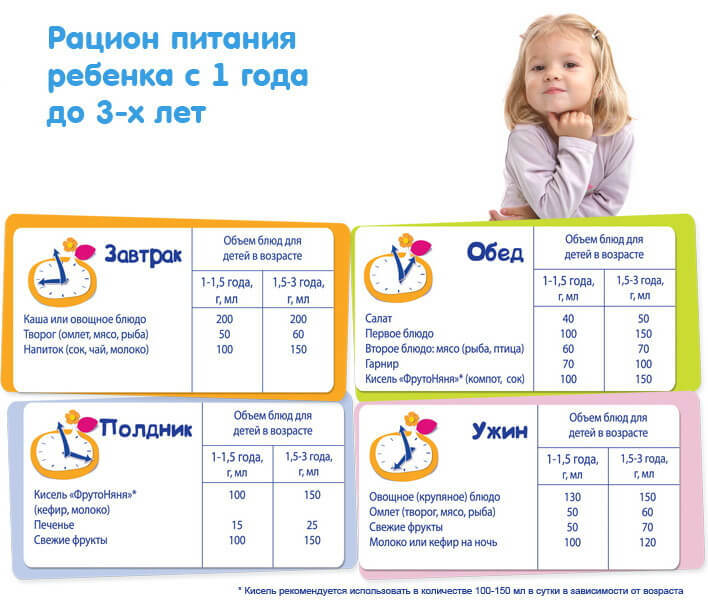Hernias of the esophageal opening of the diaphragm in children( part 1: etiology and pathogenesis, clinical symptoms)

Improvement of diagnostic equipment has made it possible to identify these hernias more often than was previously possible. The frequency of detection of hernias, according to various authors, varies significantly - from 0.5 to 50% in old age. S.Ya. Doletsky cites data that the congenital hernia of the diaphragm occurs 1 time per 1,700 newborns.
Yu. S.Gilevich and I.S.Budilin at inspection 45710 children of different ages in order to detect hiatal hernia discovered her fluorographic method in 6316 newborns. R.F.Filler for 14 years observed 30 patients with hernia of the esophagus of the diaphragm to 2 years. S.Ya. Doletsky observed 12 children with a hernia of the esophageal opening of the diaphragm and 4 - with non-emptying of the stomach. E.V.Zhdanov for 5 years in the surgical clinic examined and treated 11 sick children with a hernia of the esophagus and 9 patients with a congenital short esophagus.
There are three main types of hiatal hernias of esophagus: a congenital shortening of the esophagus - the so-called thoracic stomach( these hernias are rare and account for 0.3% of all cases);Paraesophageal( 0.4%) and axial or gliding( 99.3%).Congenital hernias occur with the developmental defects of the diaphragm, acquired - as a result of pathological changes in it during the life of the child.
In the chest stomach part of the stomach, which is located above the diaphragm and forms a hernia, is not surrounded by the peritoneum. When paraezofagalnoy hernia part of the stomach, which is the contents of the hernial sac, is located above the diaphragm next to the esophagus, the anatomical part of the cardia is under the diaphragm. Axial or gliding hernias have been given this name due to the involvement of the cardiac part of the stomach in the formation of the hernial sac, i.e. The cardia moves along the axis of the esophagus above the diaphragm.
Petrovsky identifies several types of axial or sliding hiatal hernias: esophageal, cardiac, and giant kardiofundalnye subtotal and total gastric hernias. Axial hernia is a prolapse of the posterior mediastinum in the abdominal segment of the esophagus and a portion( or all) of the stomach, enclosed in hernial sac of the parietal pleura via the extended hiatal acquired or congenital origin.
Etiology and pathogenesis of
The appearance of a hernia of the esophageal opening of the diaphragm in childhood is most often due to embryonic disorders, anomalies in the development of the digestive tract. During embryogenesis of the digestive tube, there is a delay in the lowering of the stomach due to the shortening of the esophagus. As a result, part of the stomach in the postembryonic period remains in the thoracic cavity without a peritoneal cover. There is a hernia of an innate character.
Among the factors contributing to the formation of hiatal hernias, the following: long, persistent coughing, straining with constipation, flatulence, obesity, malnutrition( dystrophy), weight lifting attenuated, malotrenirovannymi children.
Hiatal hernia may be the result of repeated spastic esophageal contractions, often resulting in chronic gastroenterological diseases with severe dyskinesia of the digestive tract, such as gastric ulcer and duodenal ulcer, cholecystitis, etc..
primary cause of paraezofagalnyh hernia is a weakening of the musculo-ligamentous structures, Forming the edges of the esophageal opening. Increase in intra-abdominal pressure with sufficiently strong fixation of the esophagus in the esophagus leads to prolapse of the bottom of the stomach. In some cases, the possibility of congenital expansion of the digestive aperture of the diaphragm and the intrauterine origin of the paresisophageal hernia can not be ruled out.
As follows from the above, the causes of the hernia of the esophageal aperture of the diaphragm and their development are quite numerous and varied.
Clinical Symptoms
There are no pathognomonic symptoms of hernia of the esophageal aperture, but a combination of some clinical manifestations makes it possible to suspect the disease.
The earliest symptoms of hernia are permanent, long-lasting eruptions and vomiting in young children. According to the literature, they are detected in 2/3 of the children with this disease already in the period of newborn. In some patients, both symptoms appear after the introduction of complementary foods.
These hernia symptoms must first of all be differentiated from the usual vomiting and regurgitation in some children arising during the formation of the coordination of peristalsis of the stomach, esophagus and the function of the sphincter apparatus of these organs. This coordination is usually established in the first 3-4 weeks after birth. After the formation of coordination, an anti-reflux mechanism arises that prevents the transfer of gastric contents into the esophagus. Accordingly, during the specified period, regurgitation( vomiting) ceases. Rarely the usual tearing down disappears only towards the end of the first half of the child's life.
Regardless of the duration of the formation of the coordination of the function of peristalsis of the esophagus, stomach and their sphincters, vomiting and regurgitation in the presence of a hernia of the esophageal opening of the diaphragm persist for years.
Often, regurgitation and vomiting are combined with bronchopulmonary symptoms( according to literary data, this combination is observed on average in 12% of cases).Broncho-pulmonary symptoms appear due to leakage, the transfer of gastric contents into the respiratory system due to constant regurgitation. The leading ones are coughing or choking in young children and asthmatic cough in older children is stronger at night.
Constant aspiration of gastric contents, like any foreign body, always leads to an inflammatory process in the bronchi and lung tissue with subsequent abscessing. Therefore, recurrent bronchitis and pneumonia in young children can be associated with unrecognized hernia of the esophageal opening of the diaphragm.
Involvement in the pathological process of the esophagus in the form of a violation of its motor function, esophagitis with hernia of the esophagus of the diaphragm is accompanied by the appearance of such symptoms as dystrophy, pain, bleeding of the mucosa of the esophagus. Dysphagia is expressed in violation of swallowing, popperhivanii, the appearance of the need to drink solid( dense) food with liquid. The appearance of dysphagia is due to the development of spasm of the esophagus or the formation of cicatricial narrowing of the esophagus due to esophagitis.
The displacement of the stomach into the thoracic cavity with hernia of the esophageal opening of the diaphragm disrupts the normal activity of the cardiopulmonary valve apparatus, which leads to its insufficiency. Therefore, such clinical symptoms as eructation, heartburn may appear. They are indicated only by children of older age groups, who can give a description of their feelings. A rare symptom is a hiccup, the origin of which is explained by the irritation of the diaphragmatic nerve.
Of the general symptoms of hernia, it should be noted the development of hypotrophy in young children, growth retardation( in 34% of cases).Deficiency of body weight can reach 4-8 kg.
In the diagnosis of hernia of the esophageal opening of the diaphragm, instrumental methods play a huge role.



